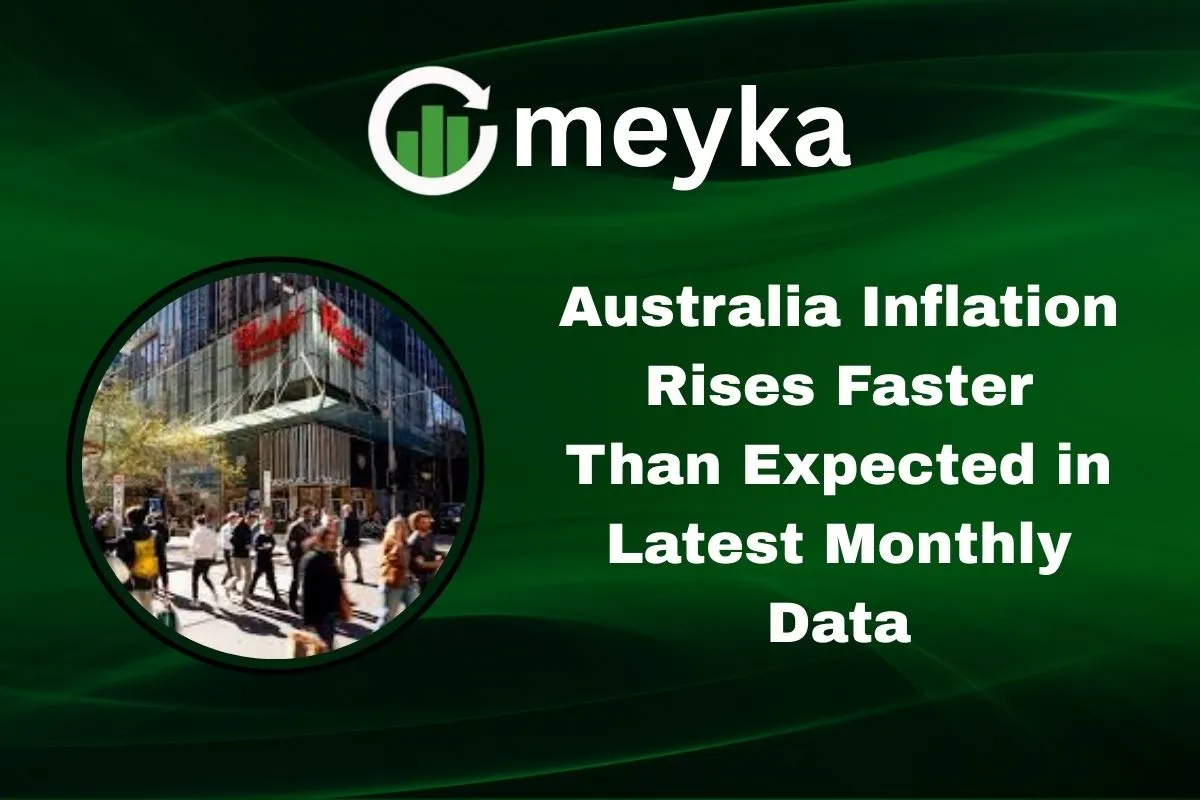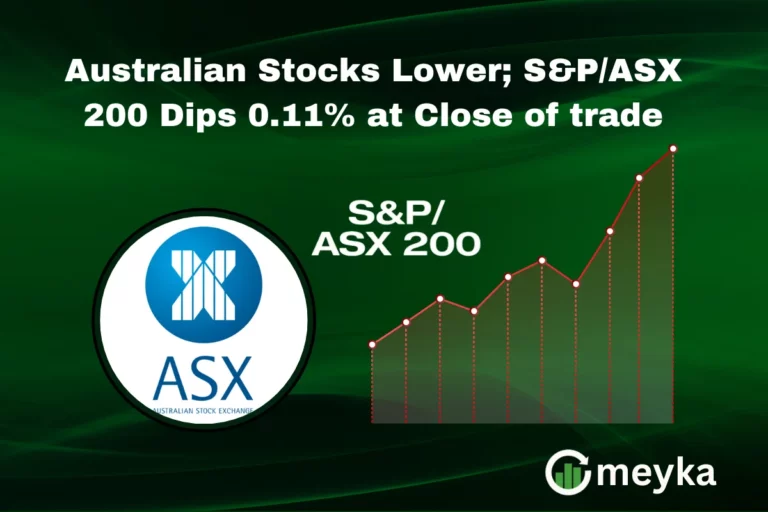Australia Inflation Rises Faster Than Expected in Latest Monthly Data
Australia’s inflation rate has surged unexpectedly, reaching 2.8% in July 2025, up from 1.9% in June, as reported by the Australian Bureau of Statistics. This marks the highest annual inflation since July 2024, surpassing economists’ forecasts of 2.3%
The primary contributors to this inflation spike include significant increases in housing costs, food prices, and alcohol and tobacco expenses. Notably, energy prices have risen sharply, with electricity bills climbing 13%, a factor that has been linked to the government’s renewable energy policies.
His acceleration in inflation has implications for the Reserve Bank of Australia’s monetary policy, potentially affecting interest rate decisions. A we delve deeper into the factors driving this inflationary trend, it becomes evident that both domestic and global influences are at play, impacting various sectors of the economy.
Latest Inflation Data Overview
The Australian Bureau of Statistics reported that the Consumer Price Index (CPI) increased by 2.8% over the year leading up to July 2025. This jump from 1.9% in June represents the highest yearly inflation level seen since July 2024. Housing (+3.6%), food and non-alcoholic beverages (+3.0%), and alcohol and tobacco (+6.5%) were the key factors driving the overall rise.
Core inflation, excluding volatile items, also showed a rise. Trimmed mean inflation has increased to 2.7 percent in July against 2.1 percent in June, indicating stronger underlying pressure on prices in the economy.
Factors Contributing to Faster Inflation
Domestic Factors
- Housing Costs: Housing inflation rose to 3.6% from 1.6%, driven by increased electricity costs and higher rents.
- Food Prices: Food and non-alcoholic drinks rose by 3.0%, with sharp increases seen in products such as chocolate, butter, and eggs.
External Factors
- Energy Prices: Electricity prices climbed 13%, influenced by the removal of government subsidies and the transition to renewable energy sources.
- Global Supply Chain Issues: Ongoing global supply chain disruptions have led to increased costs for imported goods, contributing to overall inflation.
Economic and Consumer Impact
The rise in inflation has significant implications for both consumers and the broader economy:
- Cost of Living: Higher prices for essentials like housing, food, and energy have increased the cost of living, particularly affecting low- and middle-income households.
- Consumer Confidence: Rising prices may dampen consumer confidence, leading to reduced spending and potential economic slowdown.
- Savings and Investments: Rising inflation reduces the value of money saved, lowering the real returns people earn from their investments.
Implications for Monetary Policy
The Reserve Bank of Australia (RBA) faces challenges in responding to the recent inflation surge:
- Interest Rates: Higher inflation may prompt the RBA to reconsider interest rate cuts, as maintaining lower rates could exacerbate inflationary pressures.
- Policy Adjustments: The RBA may need to implement tighter monetary policies to control inflation, balancing the need for economic growth with price stability.
Future Outlook
Looking ahead, several factors will influence Australia’s inflation trajectory:
- Energy Policy: The impact of renewable energy policies and the removal of subsidies will continue to affect energy prices.
- Global Economic Conditions: Global supply chain issues and international economic trends will play a role in shaping inflation.
- Monetary Policy: The RBA’s decisions on interest rates and other monetary policies will be crucial in managing inflation and supporting economic stability.
Conclusion
Australia’s inflation rate has risen more than expected, driven by increases in housing, food, and energy costs. This surge presents challenges for consumers and policymakers alike. The Reserve Bank of Australia will need to carefully consider its monetary policy decisions to address inflation while supporting economic growth. Monitoring these developments will be essential for understanding the future economic landscape.
FAQS:
When inflation rises, prices of goods and services go up. People can buy less with the same money. It can slow spending and hurt savings and investments.
Rising inflation in Australia pushes up the cost of everyday items and housing. It can reduce people’s spending, increase interest rates, and put pressure on businesses and the central bank.
Australia can reduce inflation by raising interest rates, controlling government spending, and improving the supply of goods. Strong policies and energy price management can also help lower prices.
Disclaimer:
This content is for informational purposes only and is not financial advice. Always conduct your research.






